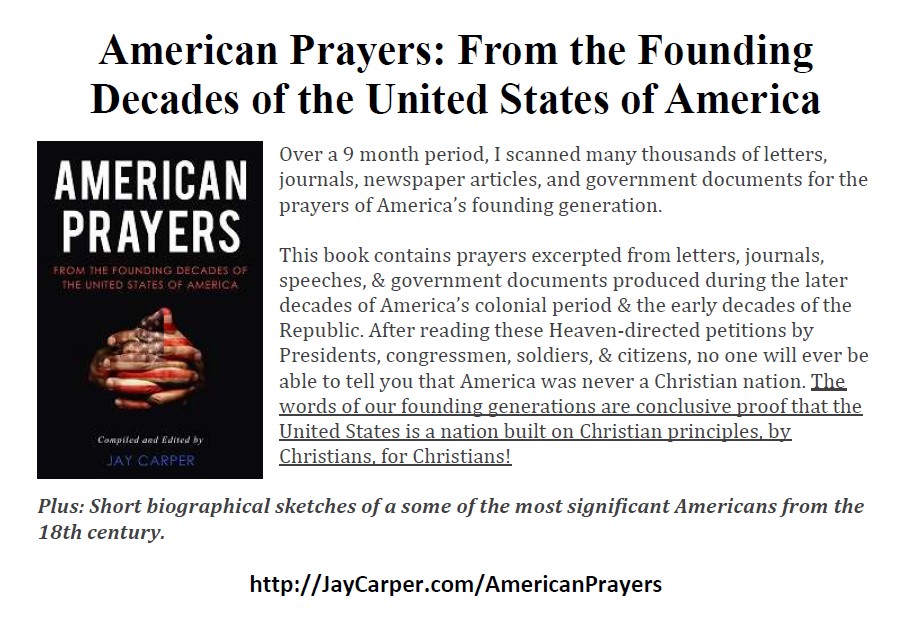From Diary of the American Revolution, Vol II. Compiled by Frank Moore and published in 1859.
Another account of this enterprise is given by an officer who belonged to Simcoe’s party, as follows:—”Twenty-two men, of the Buck’s light dragoons, forty-six of the ranger hussars, and a few others as guides, landed at Perth Amboy on the morning of the twenty-sixth of October, under the command of Lieutenant-Colonel Simcoe. We immediately proceeded through Quibbletown, and early arrived at Mr. Washington’s grand camp, with an intent, if the colonel thought it an object, to destroy the huts; but were informed they had been sold to the inhabitants, some of which upon the right of the line had been pulled down; the remainder the colonel thought proper to leave standing. We then pursued our route to Raritan, in the way to which the Buck’s troops surrounded the house of Mr. Vanhorne, made prisoners one captain, one lieu tenant, and another person, who signed their paroles of honor. We then continued our march to Raritan, where we completely burned and destroyed eighteen large boats on travelling carriages, one ammunition wagon, and a quantity of forage and some stores. We there received a single shot from a distant hill. After this work was completed, we crossed to Somerset, released two British prisoners, and consumed the court house by fire. On our retreat from Somerset to Brunswick, the rebels were discovered in a wood upon our right flank; upon our left a strong rail fence. The wood was so thick that it was impossible to charge the enemy. We pushed through their line of fire in open files, at which time Colonel Simcoe’s horse was killed, and himself much hurt by the fall. The command then devolved on Captain Sandford, of the Buck’s troop, who, as soon as he was informed of the colonel’s misfortune, collected about twenty dragoons, with which he entered the wood, but found it impossible (owing to its thickness) to act to advantage against the rebels. Indeed, it was the opinion of all at that time, that the colonel was killed. Captain Sandford then ordered a retreat towards Brunswick, the mounted rebels in his rear increasing apace. Upon the plains behind Brunswick, we found ourselves in a critical situation—infantry in our front, formed upon the very road we were obliged to pass, popping shots from both flanks, and the mounted men pressing upon our rear. In this situation we had but one resource, which was to cut our way through them if they kept their ground in front; this would have been dangerous with their mounted men in our rear. Captain Sandford, after drawing them in the rear across a ravine, faced about the squadron and charged them with success: killed a Captain Voorhies, and some others, wounded and took the noted rebel Hampton prisoner. After forming, we advanced towards the infantry in front, who took to the woods, in passing which we must have suffered much; in order to avoid this, Captain Sandford inclined the squadron to the left, as if going through Brunswick. To prevent our retreat that way, the rebels in front pushed to their right. We took the advantage, and with a smart gallop gained the left flank of the enemy, and passed them without receiving a single shot; after which we continued our retreat to South River. In our way, we fell in with small parties, which we either killed or made prisoners. A number of rebels had been purposely despatched to break up the bridge at South River, which would have completely cut off our retreat; but fortunately, the infantry of the rangers having got timely possession of that pass, we reached South River before four o’clock in the afternoon. We did not march less than seventy miles through this rebellious province; and had it not been for Colonel Simcoe’s misfortune, our loss would not be worth mentioning. The loss of the colonel, who was by all supposed to be dead, inspired the two troops with additional courage; and to revenge this misfortune, no force the rebels could have sent against us, but would have been bravely charged by them.”1
1 Rivington’s Gazette, November 3.
